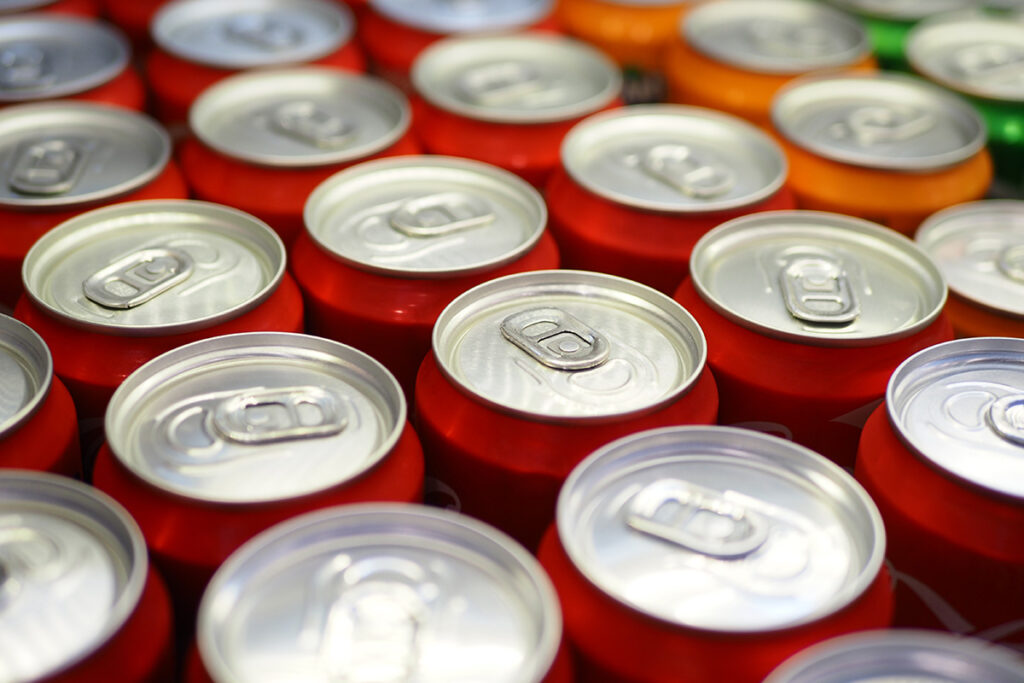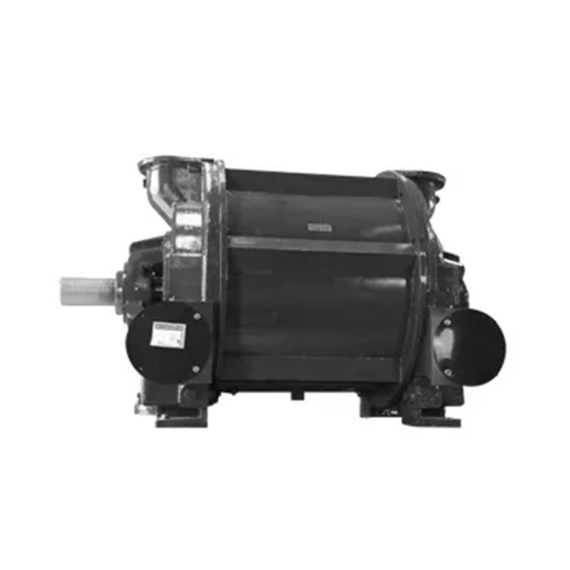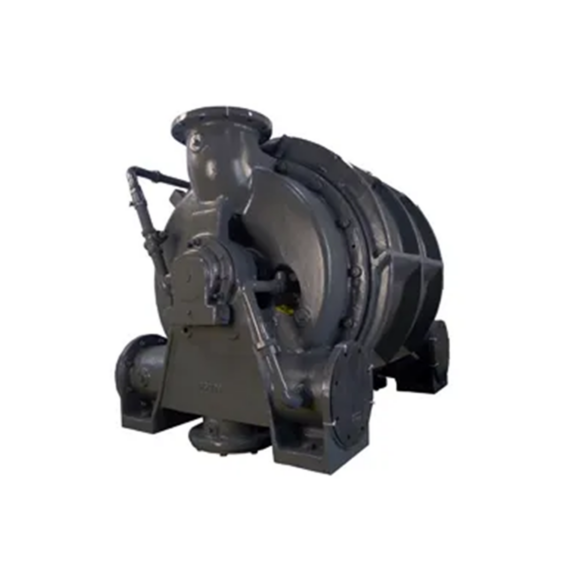
Beverage Industry Liquid Ring Vacuum Pump & Compressors
The liquid ring vacuum pump has been in use for application in beverage industry manufacturing for years as of now. With its versatility and sturdiness, it has been found all throughout the plant processes of your sodas, juices, and wines.
The soda can manufacturing process relies on vacuum for its pick-and-place procedures, especially for non-magnetic materials like aluminum. Vacuum arms and rollers aid in holding the aluminum securely during processes such as cutting, rolling, and shaping. This ensures precision in tasks like trimming the walls or printing labels on the cans.
Vacuum blending, a process conducted in a vacuum-sealed container, is particularly beneficial when dealing with raw materials like fruits and vegetables that are prone to quick oxidation, especially during agitated processes such as blending in an oxygen-rich environment. When working with powders like whey powder or thickening agents, vacuum blending minimizes the release of powder into the air, reducing powder content in the beverage. In industrial settings, this has direct implications for accurate nutrition labeling and cost savings over time.
In water treatment and carbonation processes, where gasses like carbon dioxide or ammonia need removal, the water undergoes vacuum deaeration. Small bore tubes, gas-porous but not liquid-porous, are employed. A sweep gas, pulled by vacuum, passes through the tubes against the water flow, extracting dissolved gasses and resulting in more palatable and neutral water suitable for carbonation or bottling.
Degassing or defoaming liquids in a vacuum chamber is crucial for various reasons. Carbonated beverage stock, prone to excessive bubbling, can negatively impact filling capacity or pose a risk of container bursts due to positive pressure. Oxidation-prone elements in the stock can affect color brightness, vitamin C concentration, or beverage scent, impacting product marketability. The treated material is pumped into a vacuum tank operating slightly below atmospheric pressure, preventing oxidation and preserving scent, color, and nutritional content during bottling.
Traditional methods of intense heat for creating distilled alcohol or juices risk denaturing flavor and scent compounds. Vacuum distillation offers a solution by lowering the boiling point of water or ethanol in a distillation tank under vacuum pressure. This facilitates evaporation at lower temperatures, resulting in higher alcohol or juice content with preserved flavor and scent compounds.
Applications of Liquid Ring Vacuum Pumps
Vacuum blending will require a wet-running pump because of the constant exposure to water. Blending creates a bit of frictional heat, so some moisture will be evaporated. This moisture can damage dry-running pumps or oil-lubricated pumps by bonding with the lubrication and creating sludge, reducing the mass flow rate and clogging the pumps. The liquid ring vacuum pump is suitable for this application. Lots of heat can also denature some of the organic compounds within the blended mixture, so the isothermal pumping and condensing of saturated water vapor can help to further protect the marketable qualities of the blend.
Liquid ring vacuum pumps provide constant suction, which is particularly useful in the can manufacturing process. When thousands of cans need to be manufactured within a day of operation, the efficient transporting of the material as it is being processed is extremely important. As stated earlier, because aluminum is non-magnetic it can either be physically picked up and moved or moved by vacuum. Physically moving the material through robotic means would take a lot longer than using suction to adhere it to the arm as it is being moved. However, if the suction is cut for even a moment, the material will fall and halt production considerably. This is why constant suction is important. Liquid ring vacuum pumps provide constant, strong suction. Any small aluminum scrap from the cutting or trimming processes can be sucked in by the pump and recycled without hindering its performance or clogging it.
Deaeration can also be done with liquid ring vacuum pumps. Water vapor may slip through the microscopic pores of the bore tubes, which can collect over time. In this case, it would be beneficial not to have a dry-running pump. Although it can be used, it will sustain increasing damage over time. A liquid ring vacuum pump will not sustain damage from a wet process; humidity will only increase the efficiency of the pump. Carbon dioxide forms carbonic acid with water, and ammonia forms ammonium hydroxide in water, which is caustic. These low-concentration caustic and acidic solutions can wear down certain pumps and cause severe pitting, forcing another purchase for pump replacement. Purchasing the proper material for construction like stainless steel 304 or stainless Steel 316L of a liquid ring vacuum pump makes it corrosion-resistant, preventing such severe erosion from happening so quickly and extending its service life significantly.
The same applies for degassing and defoaming. The liquid ring vacuum pump can create appropriate levels of constant vacuum pressure against the material, taking oxygen out of the degassing chamber. There is no complicated procedure, and the entire process is just applying vacuum and taking carbon dioxide and oxygen out of the liquid. The liquid vacuum pump can perform this at a steady, undeterred rate. Moisture, oxygen, carbon dioxide, or carbonic acid can pass through a corrosion-resistance-rated liquid ring vacuum pump without significant damage or effect on the vacuum pressure. NES provides vacuum skids with pump and motor assembly for the application; our NCC series, NBE series, and NX Series are particularly suited for this application.


